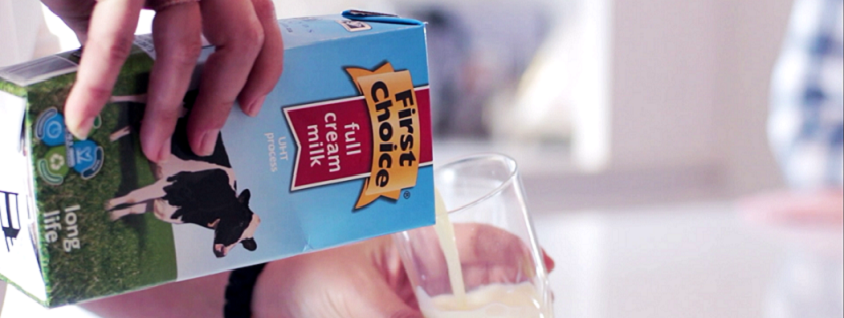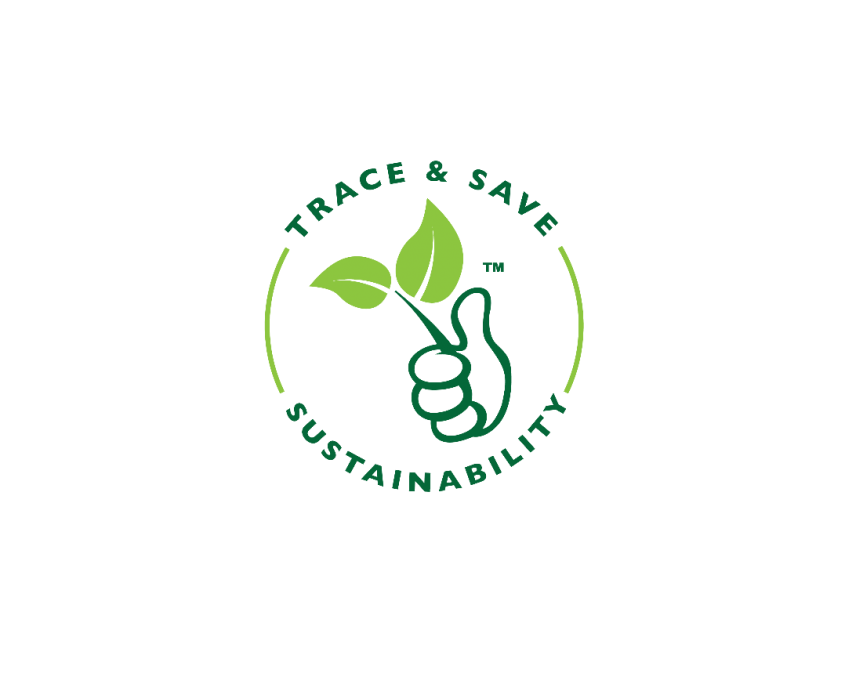The assumption of milk
I was under the impression that milk was just milk before I started working as a sustainability researcher in the field of agriculture. I have learned in the past 5 years that this is not actually the case. Many dairy farmers have become more intentional in how they produce milk. They are using a more scientific approach to produce milk. Part of this includes assessing the impact of management practices on the environment. This is something that Trace & Save helps them to do.
The reality of milk
I will share some of the scientific approaches I am referring to in this blog. Firstly, farmers take soil samples which inform fertiliser use. By knowing what is in the soil, farmers can apply the correct nutrients, in the correct quantities to improve soil fertility. By ensuring that fertiliser is not overused, there is much less risk of excess nutrients being lost to the environment. These excess nutrients have a potential negative environmental impact such as contaminating our fresh water sources. Secondly, farmers also measure how effectively they have used water, thereby identifying where they might be able to save on water use in future. Another indicator of environmental impact is a carbon footprint. Farmers use this to determine how much greenhouse gases are emitted from their farms, so that they can identify where and how to reduce these emissions.
The challenge
If you are someone who cares about the environment then milk is not just milk. The way it is produced drastically changes the extent of the environmental impacts associated with each glass you drink. I encourage you to find out where the product comes from and look for proof of whether it is less harmful to the environment than the one on the shelf next to it. The question then remains: Where do you get this proof from?
The solution
Advances in agriculture made it possible to trace the environmental impact of a product. The Trace & Save Sustainability logo that appears on UHT-milk packaged by Woodlands Dairy (First Choice) is an example of this. This logo proves that this milk is clearly different from the product next to it on the shelf. By visiting the Trace and Save website interested consumers can explore the environmental impact that the product they have bought has. These impacts are broken down into different facets of the environment including soil, water, atmosphere and nutrients. The website shows whether farmers have improved in managing these facets since their baseline was measured by Trace & Save. This shows that farmers are putting in effort to lower the impact of their farming practices on the environment.
Support Trace & Save products
With it being this easy to trace the impact of a product on the environment, I therefore encourage you to support products that have the Trace & Save logo. This logo show, with integrity, that sustainable agricultural practices are being implemented.
- Milk, is it really just milk or so much more to it? - 2018-05-25
- Upside down thinking - 2018-04-19
- Happy soil life, happy grass, happy cows - 2018-04-04


